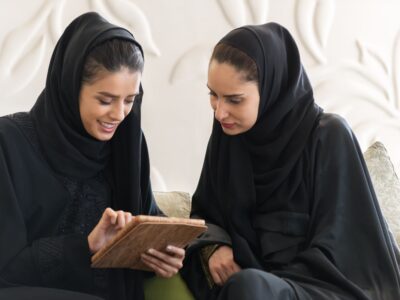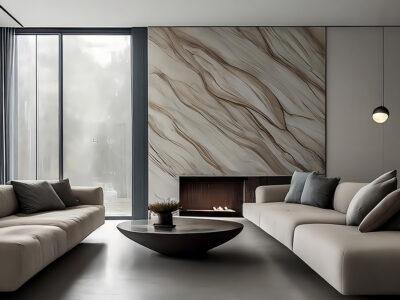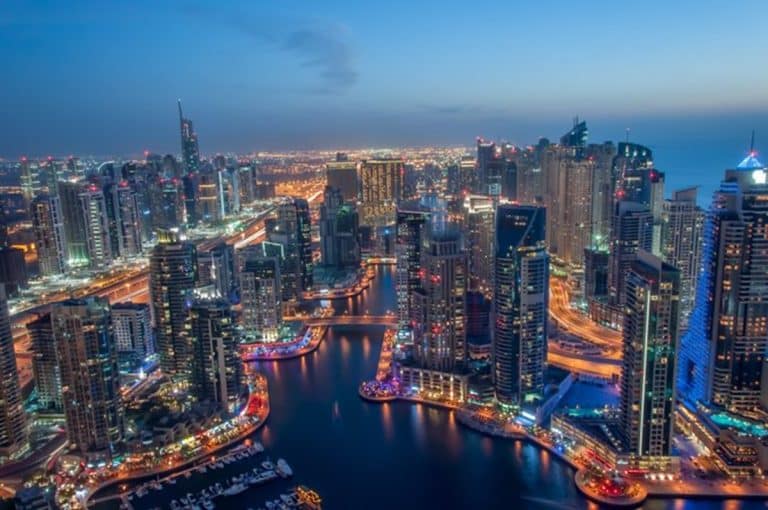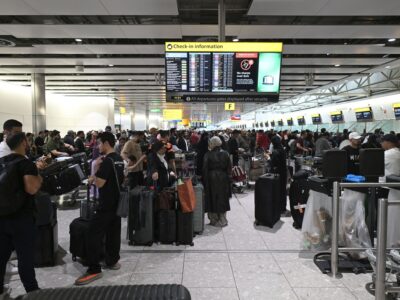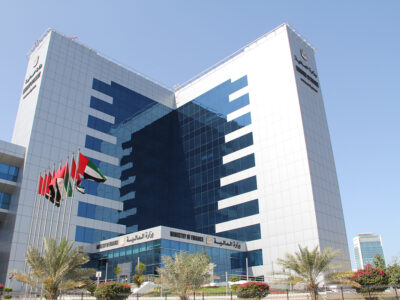Dubai’s real estate market has gone from strength. Where others have floundered, as inflation squeezes household income, and the cost of borrowing remains stubbornly high, Dubai’s residential property market has established itself as an international haven of stability and growth.
Capital values in the prime residential property market in Dubai increased 17.4 percent for 2024 so far, and that trend looks set to continue. Conventional epicentres like New York, Paris, and London are still reeling from pandemic exoduses, as well as higher interest rates, which have contributed to expected price falls.
But Dubai can’t afford to rest on its laurels. While prices are soaring, there’s still work to be done to cement Dubai’s place in the higher echelon of global real estate markets. The key to unlocking this door is US investors.
The city must go out of its way to proactively engage this demographic, with policies, PR, and protections, to open up the market to US investors. By converting the current trickle into a steady stream, US capital can serve as a lightning rod, sparking an incoming wave of investment as international financiers and entrepreneurs follow the US capital in.
Dubai’s white-hot residential property market comes from it catering to HNWIs and UHNWIs. Dubai has the highest global demand for $10 million-plus homes. Previously, this was based on Dubai’s ‘affordable’ luxury – the city rapidly built prime and super-prime homes, outstripping demand and leading to deflated valuations.
Now though, the construction of high-end homes is in lockstep with demand, pumping up prices and keeping the market dynamic. Rather than attracting buyers with cheap property, buyers are being drawn into Dubai by other factors.
The first of these is Dubai’s lifestyle benefits. HNWIs are increasingly seeking out Dubai as a place to live not just do business, and this has contributed to rising demand, and consequently, driven value in the prime residential market.
Most of these HNWIs coming to Dubai are from India, China, and Russia. This has laid a solid foundation of sustainable growth. However, to supercharge the sector and prop Dubai real estate into one of the world’s prestige markets, the city needs to attract investors from the US.
And to do that, Dubai needs to market its lifestyle offering to the US properly. Dubai has world-class amenities and high living standards, as well as globally leading entertainment and luxury living opportunities. Developers need to engage US investors through these ‘soft’ factors, and spend on marketing Dubai as a cultural hub.
In doing so, it shouldn’t lose sight of the very real economic benefits that should be deployed to draw in US HNWIs. Dubai’s light-touch taxation framework is a serious selling point, and developers can be doing more to highlight it to US investors.
This can be especially potent in relation to other luxury real estate markets. Miami has also been performing strongly – prices rose 6.5 percent last year, outperforming all other US cities.
To lure investors away from the Sunshine state and into the Gulf, Dubai’s realtors have some trump cards to play: The lack of income or capital gains tax and the ever-expanding luxury lifestyle offerings including a world-leading art market, desert sports, high-end shopping. Dubai can also rival the likes of New York and Miami when it comes to the F&B scene.
These pull factors should be rolled out in conferences, investment seminars, marketing campaigns, and discounted tours, to draw attention to Dubai’s HNWI lifestyle, highlighting the city’s cultural attractions and wealth-friendly tax policies.
Whilst this casts the net far and wide, there’s also more targeted strategies available. The second method to lure in US investment should be to build partnerships with American wealth advisors.

These wealth managers and advisors can then steer investors into the Dubai prime property market themselves, but they could also facilitate relationship-building between Dubai developers and the prized US investors by setting up informal meetings and networks.
Much of the HNWI and UHNWI world revolves around these networks, with individuals parting with their cash only for people they have a previous relationship with. Realtors in New York, London, and Paris have had centuries to cultivate these relationships. Building long-term partnerships with their wealth advisors is a way for Dubai’s developers to close this gap and get a shoe in the door.
A final method for attracting US investment into Dubai’s real estate market is to cater to American residential habits and tastes directly. This will mean a change of tack for the city’s developers.
To date, Dubai has focused on building high-end apartment buildings – and has done so very successfully with global recognition. Whilst apartment living can draw in wealthy Europeans, who are used to luxury apartments and condos in their own cities, to bring in US consumers, Dubai will have to build US-style, suburban houses.
These properties appeal to the American taste for space and privacy, and also allows the prospective investors to easily accommodate larger families as well. By changing up their offering, and aligning their properties with American living habits, Dubai’s developers and realtors will start to see US investment flow in.
Dubai is in an enviable position. With a real estate market that has proven its resilience to challenging macroeconomic conditions, the city is poised to launch itself into the upper echelons of international luxury living. To get there though it needs more US investment – and there should be three prongs to bringing it in.
With a marketing campaign that extols Dubai’s lifestyle and economic perks, realtors who have relationships with US wealth advisors, and developers who cater projects to US living habits, the city will find itself awash with US capital. It will then truly be the hottest residential real estate market in the world.

